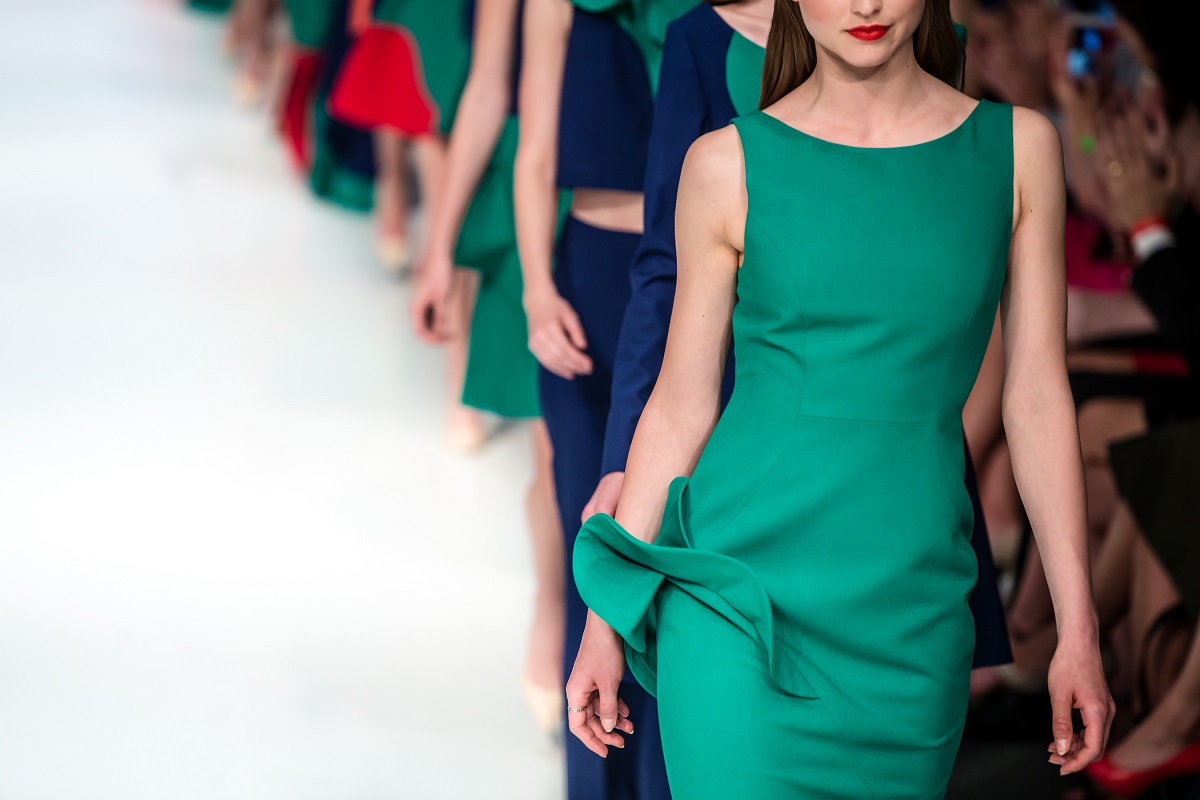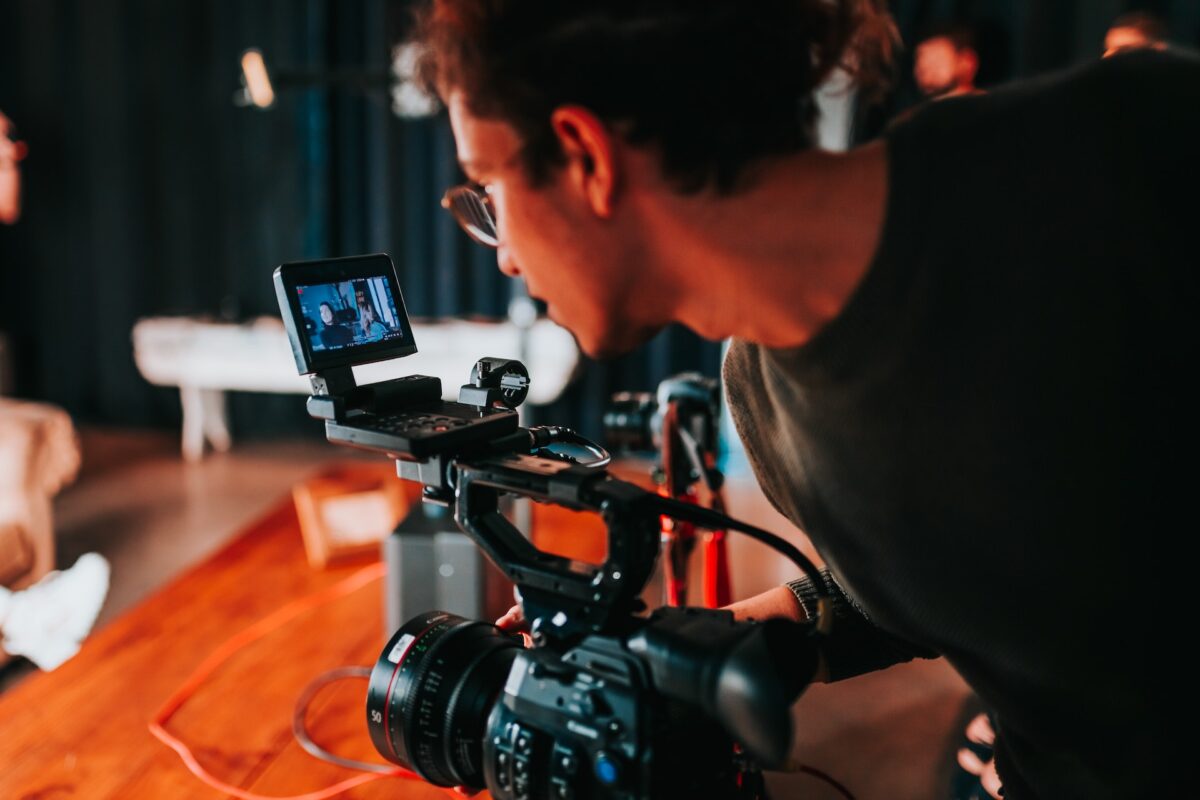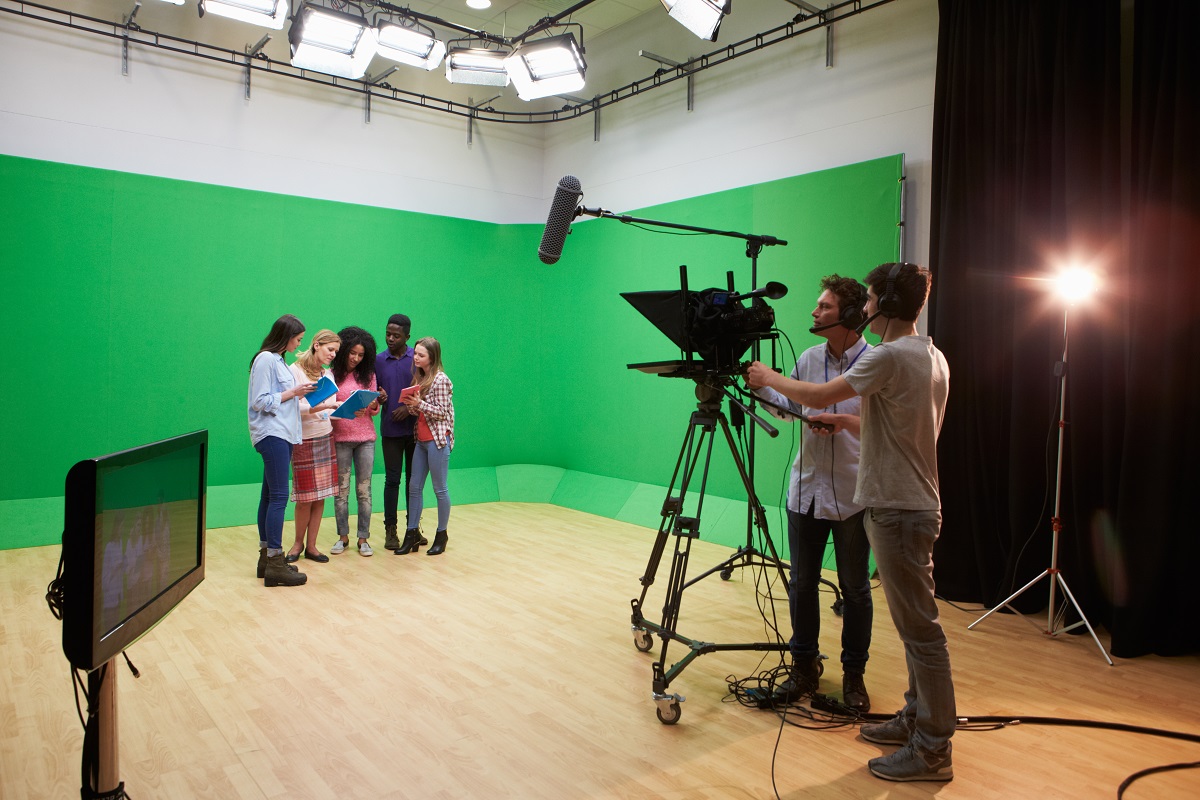10+ Effective Marketing Strategies for Your Fashion Brand
Fashion is all about making a statement. In this glamorous world, creativity, innovation, and self-expression come together to form a dynamic and constantly evolving industry. To thrive as a fashion brand, you must stay ahead of the curve, setting yourself apart from the competition. Achieving this requires a solid game plan, complete with effective marketing strategies that showcase your unique flair and style.
So, buckle up and get ready! It’s time to embark on an exciting journey as we unveil the top marketing strategies that will propel your fashion brand to new heights. From dazzling on the runway to captivating audiences far and wide, these tried-and-true tactics will ensure your brand leaves a lasting impression in the minds of fashion enthusiasts everywhere. Let’s dive in and conquer the fashion world with style and grace!
Know Your Audience Like the Back of Your Hand
The first step in any marketing strategy is to know your target audience inside out. Do your homework and gather as much information as possible. What are their likes and dislikes? What age group and demographic do they belong to? The more you understand your audience, the better you can tailor your marketing efforts to resonate with them.
Build a Brand that Dazzles
In the world of fashion, your brand is everything. It’s not just about the clothes you design, but also the story you tell and the emotions you evoke. A strong brand identity will make you memorable and help you stand out from the crowd. Craft a brand that reflects your unique style, values, and vision, and then showcase it consistently across all your marketing channels.
Social Media: Your Runway to Success
Social media is a powerhouse for fashion brands. From Instagram to TikTok, these platforms offer a visual smorgasbord that’s perfect for showcasing your designs. Develop a social media strategy that highlights your products, shares behind-the-scenes content, and fosters engagement with your audience. Collaborate with influencers, use catchy hashtags, and post regularly to keep your followers coming back for more.
Email Marketing: Keep It Fresh and Fabulous
You might think email marketing is a bit passé, but it’s still a highly effective tool for nurturing relationships with your customers. Build a robust email list and use it to share exclusive offers, sneak peeks, and news about upcoming collections. The key to success here is personalization – address your subscribers by name, and segment your list to ensure you’re sending the right message to the right people.
Start a Fashion Blog: Share Your Passion and Expertise
A fashion blog is a fantastic way to showcase your brand’s personality and share your insights into the industry. Regularly publish high-quality, engaging content that appeals to your audience’s interests and positions you as an expert in the field. This not only builds trust but also helps with search engine optimization (SEO), driving more organic traffic to your website.
Collaborate for Maximum Impact
Two heads are better than one, especially in the world of fashion. Collaborate with other designers, influencers, or even local businesses to create buzz around your brand. These partnerships can help expand your reach, generate new ideas, and create a sense of excitement that’s hard to resist.
Pop-Up Shops: Make a Splash in the Real World
Pop-up shops are a brilliant way to create a buzz around your brand and give customers a chance to experience your products in person. Select high-traffic locations, and use eye-catching displays to draw people in. Make sure you’re prepared to capture customer information for follow-up and future marketing efforts.
Leverage User-Generated Content: Let Your Fans Do the Talking
People trust their peers more than they trust brands, so why not let your customers become your biggest advocates? Encourage them to share photos of themselves wearing your designs on social media, and then showcase these images in your marketing materials. This user-generated content not only adds authenticity to your brand but also helps build a community of loyal fans.
Video Marketing: Lights, Camera, Fashion!
Video content is incredibly engaging and versatile, making it perfect for fashion brands. Create videos that showcase your designs in action, offer styling tips, or provide behind-the-scenes glimpses into your creative process. Publish these videos on your website, social media channels, and even YouTube to maximize their reach and impact.
Give Back: Fashion with a Purpose
Aligning your brand with a cause or charitable organization can strengthen your brand identity and resonate with customers who share similar values. Whether it’s sustainable fashion, supporting local artisans, or donating a portion of sales to a specific charity, giving back can create goodwill and generate positive buzz around your brand.
The Power of Testimonials: Let Your Happy Customers Speak for You
Positive customer reviews and testimonials can do wonders for your brand’s reputation. Actively seek out feedback from satisfied customers and showcase their glowing words on your website, social media channels, and even in your email marketing. This social proof will help potential customers feel confident in their decision to choose your brand.
Strut Your Fashion Marketing Magic!
In the ever-changing world of fashion, staying ahead of the competition is essential for success. By implementing these marketing strategies, you’ll not only elevate your brand’s visibility but also forge deeper connections with your audience. Remember, marketing is an ongoing process, and it’s crucial to continually adapt and evolve your tactics as the industry shifts.
So, are you ready to strut your stuff and make your mark on the fashion scene with these effective marketing strategies? The journey doesn’t have to end here. Investing in online resources, such as courses, can provide an ideal immersive experience for those looking to delve deeper into the fashion industry.
At Yellowbrick, we are proud to present the Fashion Business Essentials and Fashion Industry Essentials courses, both featuring experienced faculty from the renowned Parsons School of Fashion and industry insiders from top-notch brands.
These courses provide a comprehensive exploration of the fashion industry, covering both creative and business aspects. You’ll learn about marketing strategies, key trends shaping the industry’s future, and gain valuable insights on how to successfully build and launch your own fashion brand, among other topics.
With five captivating online course modules and an array of skill-building activities, students can progress through each module at a pace tailored to their individual needs. Each module generally takes between 3 to 5 hours to complete. The cherry on top? Students have the exceptional opportunity to learn from industry powerhouses like Elaine Welteroth, Brandon Maxwell, and Rebecca Minkoff. Upon completing either course, students will be awarded a non-credit certificate of completion from Parsons, emphasizing their dedication to the fashion industry.
Don’t wait any longer to pursue your dream of making a splash in the fashion world. Join us at Yellowbrick and acquire the essential knowledge and skills needed to succeed in the competitive world of fashion. Enroll in our courses today!











